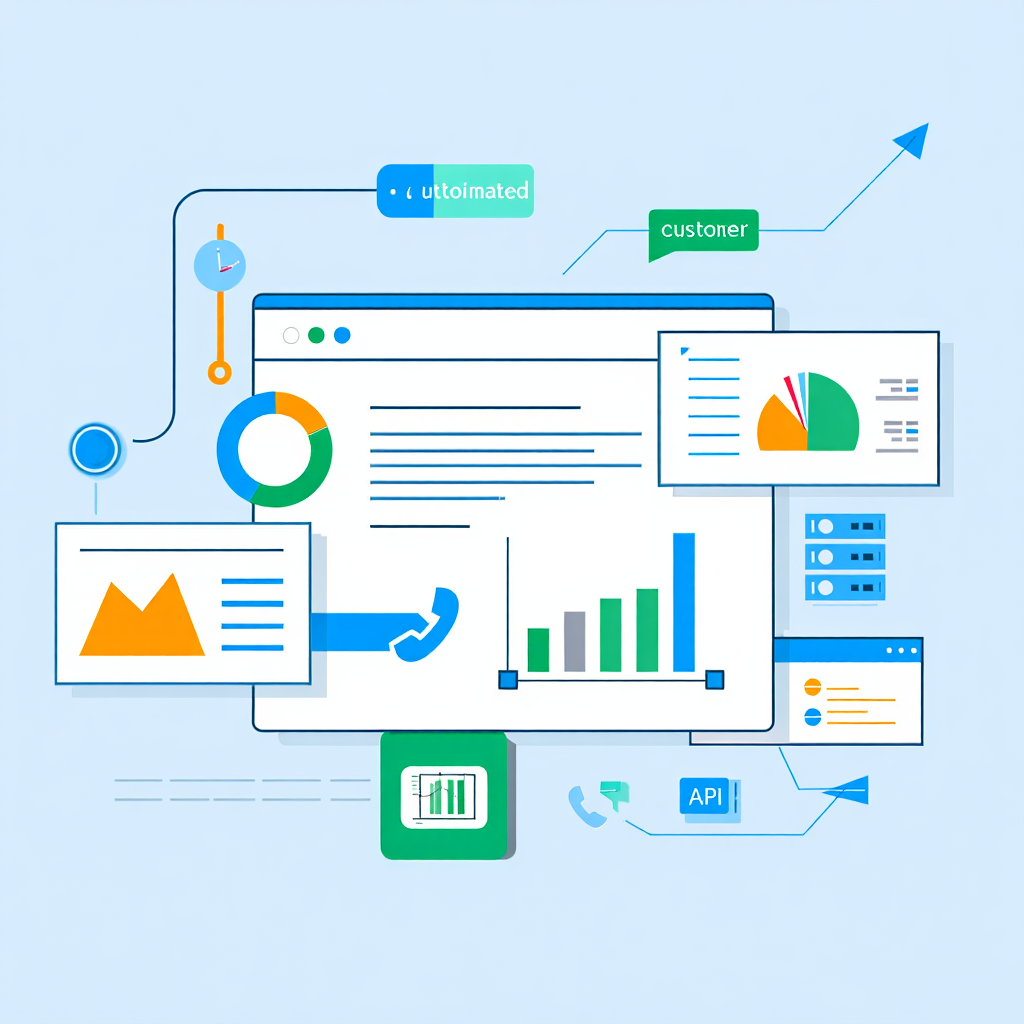5 Essential Features Your Telecoms Billing System Must Have in 2025
5 Essential Features Your Telecoms Billing System Must Have in 2025

Staying Competitive with Modern Billing Technology
As the telecoms industry continues to evolve, your billing system needs to keep pace. Outdated billing systems don’t just create operational inefficiencies – they can actively hold back your business and damage customer relationships. Here are the five essential features your telecoms billing system must have in 2025 to remain competitive.
1. Automated CDR Processing with AI Verification
Manual CDR processing is now firmly in the past. Modern billing systems must offer:
- Multi-format CDR support: Processing CDRs from different carriers and formats without manual intervention
- Automated collection: Scheduled retrieval via SFTP, API, or email attachments
- AI-powered verification: Intelligent anomaly detection to identify potential rating errors, unusual usage patterns, or missing records
- Smart reconciliation: Automatic cross-checking between carrier invoices and processed CDRs to identify discrepancies
Why it matters: Automated CDR processing with AI verification not only saves time but significantly reduces revenue leakage. Our customers report 99.9% accuracy with AI verification compared to 95-97% with traditional systems.
2. Flexible Pricing Models
The days of simple per-minute pricing are long gone. Your billing system must support:
- Bundle management: Creating and managing various bundle types including roll-over minutes
- Tiered pricing: Different rates based on volume thresholds
- Time-based differentiation: Different rates for different times of day, days of week
- Geographic rating: Country and region-specific pricing
- Promotional capabilities: Time-limited offers, trial periods, and discounts
- Custom rate cards: Client-specific pricing arrangements
Why it matters: Flexible pricing allows you to create compelling, differentiated offerings that meet customer needs while maintaining margins. It’s a key competitive advantage in today’s market.
3. White-Label Customer Portal
Self-service is no longer optional – it’s expected. Your billing system must include:
- Branded customer access: Portal with your branding, not your billing provider’s
- Bill viewing and downloading: Easy access to current and historical invoices
- Usage dashboards: Visual representation of usage patterns and costs
- Service management: Ability to view and manage services
- Payment functionality: Secure online payment options
- Communication center: Notifications, announcements, and support requests
Why it matters: A white-label customer portal reduces support costs while improving customer satisfaction. Our research shows that resellers with customer portals spend 60% less time handling billing queries compared to those without.
4. Comprehensive API Integration
No billing system should be an island. Modern systems require:
- Bi-directional API access: Both pulling data in and pushing data out
- CRM integration: Synchronizing customer data with your CRM system
- Accounting software connectivity: Seamless data flow to Xero, QuickBooks, Sage, etc.
- Service provisioning integration: Automating service activation and deactivation
- Custom workflow triggers: Creating automated actions based on billing events
Why it matters: API integration eliminates data silos, reduces double-entry, and enables automation across your business processes. This not only improves efficiency but reduces errors and creates a more seamless experience for both staff and customers.
5. Advanced Analytics and Reporting
Data-driven decision making requires powerful analytics:
- Revenue analysis: Breaking down revenue by service type, customer, geography
- Margin calculation: Detailed cost vs. revenue reporting
- Customer behavior insights: Usage patterns, growth trends, churn risk indicators
- Custom report builder: Creating bespoke reports for specific business needs
- Scheduled reporting: Automatic generation and distribution of key reports
- Interactive dashboards: Visual representation of critical business metrics
Why it matters: Advanced analytics transform your billing data from a record-keeping necessity into a strategic asset that drives business decisions. Understanding profitability by customer, service, or segment allows for targeted growth strategies and improved resource allocation.
Bonus Feature: Regulatory Compliance Automation
With the UK telecoms regulatory environment becoming increasingly complex, your billing system should help ensure compliance:
- HMRC-compliant invoicing: Ensuring your invoices meet all tax requirements
- Ofcom reporting capabilities: Generating required regulatory reports
- GDPR compliance tools: Managing customer data in accordance with privacy regulations
- Audit trails: Comprehensive logging of all system activities
Why it matters: Regulatory non-compliance can result in significant penalties. Automated compliance reduces risk and gives you peace of mind.
Conclusion: Is Your Billing System Future-Ready?
The gap between modern billing systems and legacy solutions grows wider each year. Resellers with outdated billing processes face increasing challenges in operational efficiency, customer satisfaction, and competitive positioning.
Evaluating your current billing system against these essential features isn’t just about technological advancement – it’s about ensuring your business remains competitive and positioned for growth in an increasingly demanding market.
Ready to modernize your telecoms billing? Contact us to discuss how our platform delivers these essential features and more.